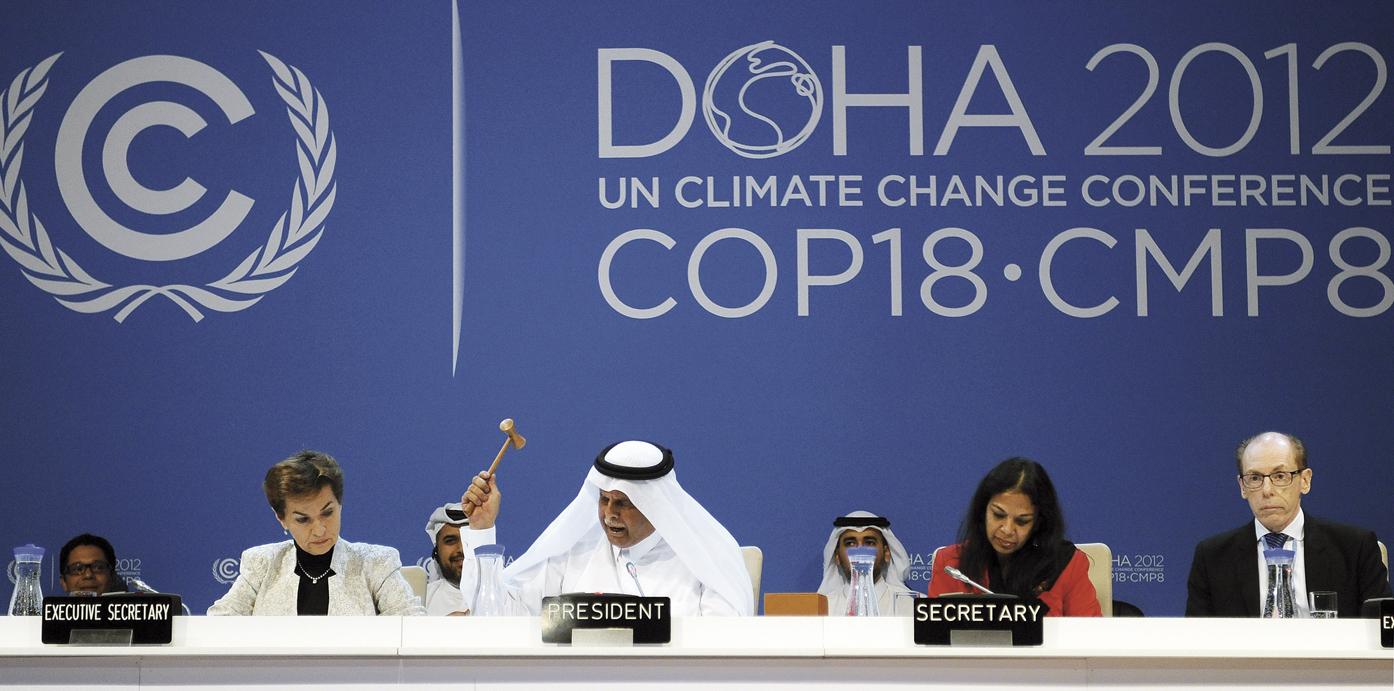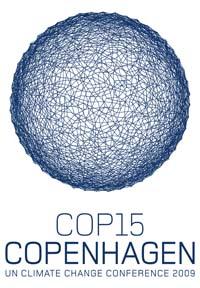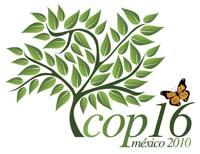Not stopping on the issue of climate change or moving towards the new Kyoto v.2 protocol?
2013/02/01 Markandya, Anil - Basque Centre for Climate Change zentroko zuzendari zientifikoa | Pascual García de Azilu, Unai - Klima eta Natur Ingurunea / Basque Centre for Climate Change Iturria: Elhuyar aldizkaria
 400
400
The data shows that in 2011 the subsidies of the governments of the world for fossil fuels were six times more than aid to renewable energy. Moreover, it is expected to build another 1,500 coal plants worldwide. It does not seem, therefore, that the oral discourse of political leaders on climate change mitigation coincides with the energy model used in the world and here, which is still based on fossil fuels. Thus, it is not surprising that in the period 2011-2012 the record of greenhouse gas emissions has been exceeded, although many industrialized countries are immersed in a deep economic downturn. XXI. Although until the end of the 20th century the objective of keeping the average temperature below 2 ° C was established, the objective is not being met and is really worrying. In fact, some important recently published reports, such as those made by the United Nations and the World Bank, point out that if the current greenhouse gas emissions are not reduced, the global average temperature can rise to 6ºC. And, as scientists warn, it would be a disaster for humanity and the ecosystem.
Last year, Typhoon Bopha hit the Philippines hard and Hurricane Sandy shook the Caribbean and the United States; two signs of what is coming forward, because if global warming continues along the current path, the world is increasingly confronted with such extreme phenomena. Although it is difficult to relate these two phenomena to the warming caused directly by man, scientists in general agree that these extreme phenomena will occur more and more often and will be more intense if the world maintains a model of intensive carbon dumping.
Scientists agree that if we have to limit global warming to 2ºC, global gas emissions must be achieved by 2020, and then reduce current emission levels by 25% by 2030 and at least 50% by 2050.
How far and in what direction are political leaders trying to solve this rebellious question? From 26 November to 8 December 2012, 195 countries met in Doha, Qatar, at the 18th Conference of the United Nations World Summit on Climate Change, held every year in the United States. However, as most expected, no further step had been taken in Doha. In any case, it is important to understand what the main chefs are cooking at the negotiating table.
The Doha Summit put on the table an essential port: The need to save the Kyoto Protocol, the only legally binding international agreement. The Kyoto agreement entered into force in 2005 and covered 191 countries, expiring 31 December 2012. Thus, several heads of cuisine gathered in Doha joined with the same intention of working on the path of diplomacy to get the post-Kyoto agreement signed, which we have called Kyoto v.2. The new agreement contrasts with the commitment to reduce greenhouse gas emissions assumed by 37 industrialized countries and 15 EU members under the original Kyoto Protocol (although with a minimum commitment to reduce greenhouse gas emissions of 1990, which only required an average reduction of 5.2% in the period 2008-2012), and with the reduction of greenhouse gas emissions in both developed and developed countries in Brazil. This is the main difference between both protocols.
At the moment, only some countries have approved this Doha agreement, which is the case of all members of the European Union, Australia, Norway, Switzerland, Iceland, Croatia, Belarus, Kazakhstan and Ukraine, which together account for only 15% of global emissions. The commitment made by these countries is specifically: Reduce average emissions from 2013 to 2020 by 18% compared to 1990. However, major pollutants, such as Canada, Russia, Japan and New Zealand, have not signed, despite agreeing to the original Kyoto protocol. The United States and China, the world's leading carbon emitters, did not take any surprise of course and refused to sign the Doha agreement. Well, the US focused its negotiations on a specific issue, arguing that the obligation to reduce gas emissions is not only of the most developed countries, but of the two groups, the most developed and developing countries.
The Kyoto v.2 agreement must be approved in 2015, probably in Paris, and will enter into force in 2020. However, the agreement is in question, since at the 2015 Summit there is a serious risk of breaking negotiations between the US and the new industrialized countries, as happened at the 2009 Copenhagen Summit. Climate change is really an incandescent geopolitical issue, as the new world economic order -- in which China has a force never before exercised in this new order -- can somehow become a "cold war on climate", which can make the climate question go ahead, that forces between the US. and China are outside the EU.
Back in Doha, the key to the negotiation was clearly based on the principle of equity. According to this principle, countries that have polluted the most in the past should assume the same responsibility as pollution caused to help countries most affected by climate change. On the contrary, some developed countries, such as the US, consider that this principle is similar to that of the existence of gravel in rags when addressing the reduction of greenhouse gas emissions, expressly requiring other countries, such as China, to address legally binding emission reductions.
We have a very narrow port before us. Most of us agree on the need for justice to prevail on the climate issue, but it is also clear that stabilizing the climate system is not enough to reduce carbon emissions only developed countries in the world, which is an arithmetic operation. There is therefore the flirty; the Kyoto v.2 agreement has to fully address this issue, and that is why the consensus will be so fragile, although it is finally achieved. From a pragmatic point of view, there are other risks, since some countries can use the principle of equity as an excuse, a la carte, to try that in 2015 no agreement is reached in Paris. In turn, some countries prefer, in the first place, to promote debate on the principle of equity and postpone its application, while others want to discuss from the beginning the practical application of the principles.
On the issue of equity, Doha provided an interesting innovation, as it was agreed to address the issue of "damages" to help vulnerable developing countries face the future considering that the damages suffered by climate change are irreparable. The term "damages" has legal connotations in many countries and time will tell us what will happen, but it can have consequences in terms of compensation for losses arising from extreme weather events. The problem is that, as legal experts dig into deep discussions about the term's details, our old fossil fuel based energy model is still alive. However, civil society cannot wait for it to happen at these annual summits. Despite the completion of Kyoto Protocol v.2, it is our responsibility to work hand in hand to solve the world's worst global environmental crisis.

Gai honi buruzko eduki gehiago
Elhuyarrek garatutako teknologia






